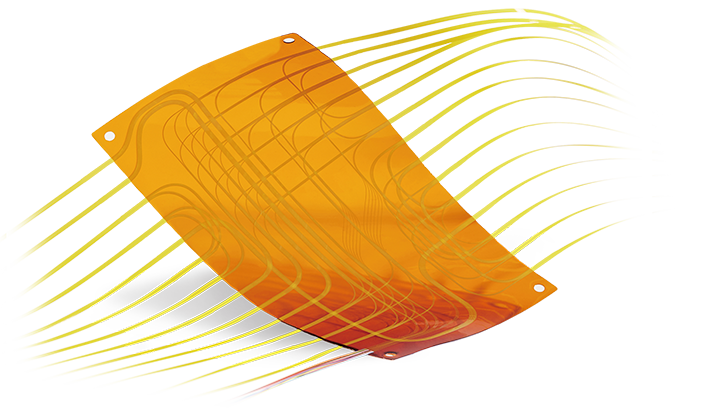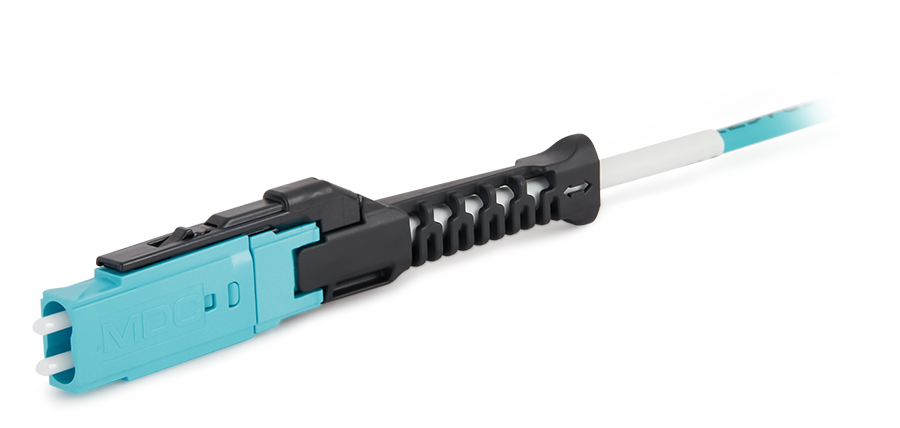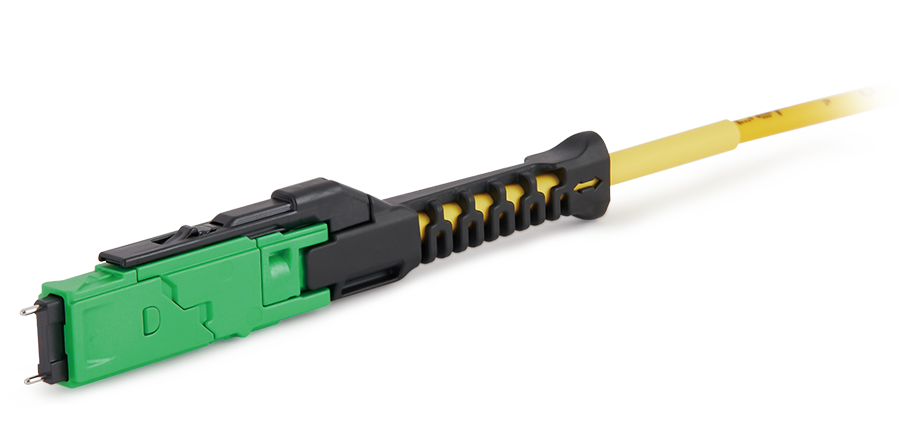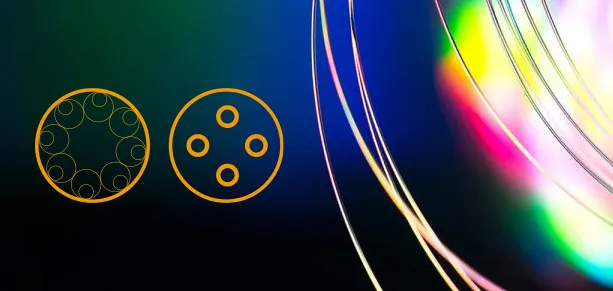The optical module is composed of optoelectronic devices, functional circuits and optical interfaces. The optoelectronic device includes two parts: transmitting and receiving. In short, the function of the optical module is photoelectric conversion. The transmitter converts the electrical signal into the optical signal, and then the receiver converts the optical signal into the electrical signal after transmission through the optical fiber.
1. Classification of optical modules
Optical modules are classified according to package form and speed. Common classifications include 1X9, SFP, SFP+, XFP, QSFP+, CFP, GBIC, CXP, X2, Xenpak, CFP2, CFP4, DAC, AOC and so on.
At present, the most commonly used are:
(1) SFP optical module
The transmission rate of SFP optical module is 100M and 1GB. Common rates are 155Mb/s, 622Mb/s, 1.25Gb/s, 2.5Gb/s, 4.25Gb/s.
(2) SFP+ optical module
The transmission rate is 10 Gigabit, which is 10Gb/s.
(3) QSFP+ optical module
The transmission rate is 40G and 100G.
(4) CFP, CFP2, CFP4 optical module
The transmission rate is mainly 40G and 100G.
(5) DAC high-speed cable
The cable is made of copper, and the transmission rate is 10G, 40G and 100G.
(6) AOC high speed optical cable
The transmission medium is optical fiber, and the transmission rate is 10G, 40G and 100G.
2. How to choose optical module?
When selecting optical modules, the following four factors need to be considered:
(1) Transmission distance:
The transmission distance supported by different optical modules is different. Generally speaking, the transmission distance of a multi-mode optical module is much shorter than that of a single-mode optical module, and the price is cheaper. For example, the transmission distance of a 10GBASE-SR SFP+ optical module can reach 300m, while the transmission distance of a 10GBASE-LR SFP+ optical module can reach 10km. Therefore, it is very important to figure out the transmission distance you want to reach. In addition, considering the attenuation and dispersion of the optical signal during transmission, it is recommended that you use an optical module that supports a transmission distance slightly greater than the actual requirement. For short-distance connections between devices in the rack, it is recommended that you use high-speed cable products that are cheaper than optical modules.
(2) Transmission mode:
There are three main data transmission modes for optical modules: simplex, half-duplex and full-duplex. Simplex transmission only supports data transmission in one direction; half-duplex transmission allows data transmission in two directions, but only in one direction at a time; full-duplex transmission allows data transmission in two directions at the same time.
(3) Transmission medium:
Copper cables and optical cables are the two most widely used transmission medium. Therefore, some optical modules are of electrical port design, and some optical modules are of optical port design. Generally speaking, optical port optical modules are commonly used in 10G and 40G Ethernet transmission applications, while electrical port optical modules are used in 100M and Gigabit Ethernet applications. Moreover, the transmission distance of optical port optical modules is generally farther than that of electrical port optical modules.
(4) Heat resistance:
The working environment temperature of the optical module should not be too high. If it exceeds the temperature that the optical module can withstand, a link failure is likely to occur. Therefore, optical modules with good heat resistance should be selected.

 Fiber Optic Flex Circuit (FOFC)
Advanced Simulation & Optimization, High Positioning Accuracy, Flexible Customization, Rigorous Reliability Testing
Fiber Optic Flex Circuit (FOFC)
Advanced Simulation & Optimization, High Positioning Accuracy, Flexible Customization, Rigorous Reliability Testing MDC Solution
US Conec's MDC connector is a Very Small Form Factor (VSFF) duplex optical connector, expertly designed for terminating single-mode and multimode fiber cables with diameters up to 2.0mm.
MDC Solution
US Conec's MDC connector is a Very Small Form Factor (VSFF) duplex optical connector, expertly designed for terminating single-mode and multimode fiber cables with diameters up to 2.0mm. MMC Solution
US Conec's Very Small Form Factor (VSFF) multi-fiber optical connector that redefines high-density connectivity with its cutting-edge TMT ferrule technology and intuitive Direct-Conec™ push-pull boot design.
MMC Solution
US Conec's Very Small Form Factor (VSFF) multi-fiber optical connector that redefines high-density connectivity with its cutting-edge TMT ferrule technology and intuitive Direct-Conec™ push-pull boot design. EN
EN
 jp
jp  fr
fr  es
es  it
it  ru
ru  pt
pt  ar
ar  el
el  nl
nl 



_and_High-Reflection_(HR)_Optical_Coatings.webp)
